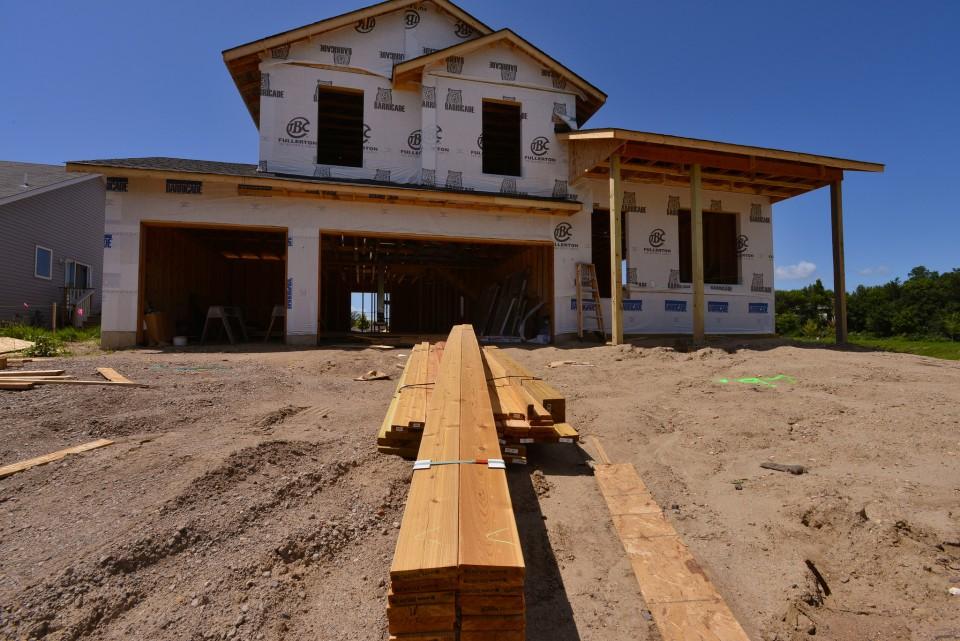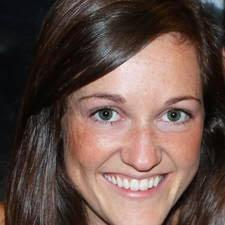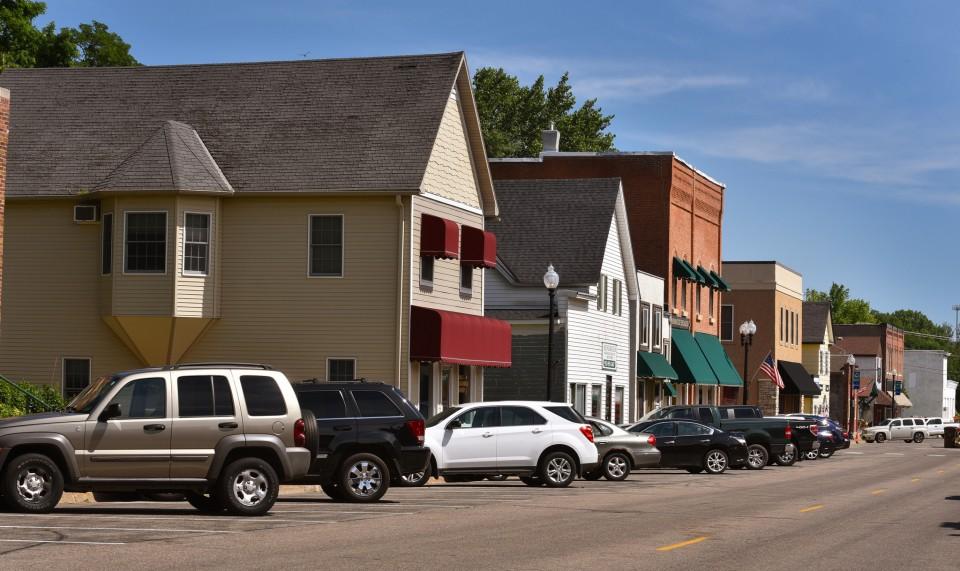By Maria Wardoku
Students tackled four different housing-related projects this spring through the Humphrey School of Public Affairs’ Housing Policy course, taught by nationally recognized housing expert Professor Ed Goetz. While the students learned about the fraught history of U.S. housing policy during class time, they worked with RCP on Carver County’s current challenges around housing outside of class.
Gabrielle Clowdus’ RCP project on promoting the expansion of the Carver County Community Land Trust (CLT) aligns with her PhD work in the College of Design’s Housing Studies program. The Carver County CLT is administered by the Carver County Community Development Agency to provide permanently affordable homeownership. The CLT acquires and holds land forever for the benefit of the community.
“My dissertation is exploring the potential of a one-for-one model where the sale of one luxury condo in a participating development brokers the gift of one modest home for a family living in the poorest conditions of our global society,” said Clowdus. “So the CLT [project] was an obvious choice. . . Setting aside land for permanently affordable housing is a compelling tool for providing for our low-income population.”
Clowdus’ project is deeply connected to her humanitarian worldview.
“The underlying intention behind each of these models is to provide for the poor indefinitely. None of the models shame the wealthy or call for a horizontal redistribution of wealth, only that the wealthy consider the poor and provide the substantially small amount of resources it takes to assure every individual a decent and humane standard of living,” said Clowdus. “I believe all too often we forget that wealth, affluence, and privilege are not necessarily earned but often by chance of where we were born and from what family we descended. In this light, it is the responsibility, dare I say purpose, of the wealthy to provide for the poor.”
The project has both allowed Clowdus to apply what she’s learning in class, and taught her much about the value of stable housing for individuals and families.
“[T]he greatest lessons I have keyed into are the more intangible ones. The ones that tell of real people and real stories of the destitution life can bring, and the tremendous hope a home can [provide]. Stories of single mothers finally feeling safe, or children being the first in their family to graduate high school and go on to college—these are the stories of CLT recipients. And I hope many more stories such as these will be created from the commitment of the over-resourced to provide for the under-resourced.”
In addition to the Carver County CLT project, students worked on RCP projects around barriers to the development of affordable rental housing and owner-occupied homes, the potential need for home improvement areas in Carver County, and efforts to attract new residents to Watertown, MN.
Two groups of students provided recommendations to the Carver County Community Development Agency around barriers and strategies for affordable housing. Ravi Reddi and Trevor Mercil investigated approaches to addressing public opposition to affordable housing, while Karina Martin, Karl Schuettler, and Jacquelyn Kramer developed a rating system to help policymakers understand the utility of different tools and policies for affordable housing.
In order to assess whether homeowners associations (HOAs) in Carver County are likely to benefit from the financial assistance that a Home Improvement Area (HIA) would provide, Elizabeth Catlin Showalter assessed the number and location of townhouse and condo HOAs and the age of buildings for the Cities of Mayer, Norwood Young America, Chanhassen, Chaska, Victoria, Watertown, Waconia, Cologne and Carver. HIAs allow cities to assist homeowner associations with paying for the cost of improvements to common areas by issuing a loan that is repaid in a manner similar to property taxes or special assessments.
Rylee Bonk and Alex Sanchez developed a residential marketing campaign for the city of Watertown, which aims to highlight its many amenities, including schools, natural resources, and its downtown, and to differentiate Watertown from surrounding communities. Bonk and Sanchez were already familiar with RCP from work in other courses, and decided to pursue another RCP project.
“We really enjoy the fact that RCP works so closely with U of M students for fresh ideas and takes the time to listen to what the students have to say,” said Bonk. “It is so gratifying to know that our research may potentially be used to make real change within the community. It's also been really fun to actually be able to visit the communities that our RCP projects are based upon.”
The project has helped Bonk and Sanchez hone their time-management skills and has taught them some real world lessons. “We have learned that collaboration is key when it comes to community development,” said Bonk. “There are so many different parties involved and even the smallest decisions have a massive impact on the greater community.”
Maria Wardoku is a Master of Urban and Regional Planning student at the University of Minnesota’s Hubert H. Humphrey School of Public Affairs.


